You’ve probably skimmed through the ingredients of your favourite shampoo or face wash and stumbled upon something called Sodium Lauryl Sulfate (SLS) or its close relative, Sodium Laureth Sulfate (SLES). These ingredients aren’t just exclusive to our haircare or skincare products; they’re frequently found in everyday items like body washes and even detergents. But what exactly are they?
SLS and SLES are surfactants, which might sound all scientific and daunting, but in simple terms, they’re the elements that give our products that lush, frothy lather. Think of them as the party planners of the shampoo world, gathering all the dirt and oils from our hair and skin, making it easier to rinse them away. They’re the reason why shampooing feels so satisfying, creating that rich, bubbly experience.
However, before you start singing their praises, it’s worth noting that there’s a bit of a debate in the beauty community about these ingredients. While they do a stellar job at cleansing, some argue that they might be a tad too good, potentially stripping away essential oils and leaving the scalp and skin feeling parched.
So, should we be giving these ingredients a thumbs up or the cold shoulder? The answer might not be as straightforward as you think. Let’s dive a bit deeper and unravel the mystery behind SLS and SLES in our products.
Sodium Lauryl Sulfate in Soaps and Shampoos: The Pros, Cons, and Mysteries
It might raise eyebrows to discover that Sodium Lauryl Sulfate (SLS), a common ingredient in our everyday soaps and shampoos, can also be found in places like car washes and garages, actively degreasing car engines. Why would the beauty industry use such a potent chemical in products meant for our delicate skin and hair?
At its core, the reason seems economical: SLS is cost-effective. But this thrifty choice does come with a string of concerns. When it interacts with the natural oils on our skin, it effectively breaks them down. While this means it’s a powerful cleanser, it also means that it can strip the skin of its essential oils, leading to dryness. There’s also evidence suggesting that SLS can alter skin proteins, heightening the risk of irritation and making our skin more vulnerable to external pollutants.
One of the more alarming theories about SLS is its potential absorption into the body through our skin. Some studies indicate that, once inside, SLS might mimic the hormone oestrogen. This is a significant concern since imbalances or changes in oestrogen levels can be linked to a myriad of health issues, ranging from PMS and menopausal symptoms to more severe conditions like certain cancers and fertility problems.
However, it’s essential to approach these claims with a balanced perspective. SLS has been a staple in shampoos for over half a century, used by countless individuals without any significant adverse global effects. If SLS were as dangerous as some claims suggest, wouldn’t we see more widespread effects by now?
The reaction to SLS seems to vary greatly among individuals. Some might experience a form of mild sensitivity or even an allergic reaction to it. Factors like hair length, washing frequency, and thoroughness of rinsing could play roles in how SLS affects one person compared to another. For instance, longer hair might dilute SLS residues more than short hair, potentially explaining why hair loss or balding patterns might differ between men and women.
A Deep Dive into SLS: The Good, the Bad, and the Bubbly
When it comes to hair care, the choice of products can be overwhelming. But have you ever considered the chemistry behind these choices? Let’s simplify this by looking at two basic scenarios.
Scenario 1: The All-Natural Rinse
Imagine giving your hair a rinse with just plain water. From a chemical standpoint, a good scrub paired with warm water can dislodge some oil from the scalp, but not by much. The result? A minimal clean that might not quite feel like the refreshment your hair needs.
Scenario 2: Enter the SLS Shampoo
Here’s where the magic (or science) happens. With Sodium Lauryl Sulfate (SLS) in the mix, oils are dissolved and whisked away from the hair, leaving it not just clean, but squeaky clean. This is thanks to the surfactant’s ability to form micelles, tiny structures that trap oil and rinse it away. For those wanting a deep cleanse, perhaps after using a product that didn’t sit well with their hair, an SLS shampoo might be the golden ticket.
However, it’s worth noting that squeaky clean hair isn’t everyone’s cup of tea. For those with curly locks, retaining some natural oils is key to keeping those curls lively and defined.
Conditioners also come into play. They contain surfactants like behentrimonium chloride, but these are nowhere near as robust as SLS.
Now, let’s delve a bit into the chemistry. Sodium Lauryl Sulphate can be transformed into Sodium Laureth Sulphate (SLES) by merging it with ethylene oxide. This creates larger molecules, a change that’s significant because smaller molecules, like those in SLES, can penetrate the skin, entering the bloodstream and potentially accumulating in vital organs. Given the robust nature of SLS, its potential impacts on our internal organs can be concerning.
As a consumer, it is important to do some sleuthing to see how prevalent SLS or SLES is in the products we commonly use. Here’s what I found:
Has SLS or SLES: Garnier Fructis Shampoo, VO5 Shampoo, Alberto Balsam Shampoo, Pantene Shampoo, Head and Shoulder’s Shampoo, Sunsilk Shampoo, Clinic Plus Shampoo, Neutrogena Face Wash (and Shampoo), SebaMed Shampoo, Flex Shampoo, Boots Shampoo, Wella Biotouch Shampoo, Vatika Shampoo, Dove Shampoo, St. Ives Face Wash, and Loreal Repair Total Shampoo.
Uncertain or No Mention of SLS: Khadi Shampoo, Pears Shampoo, Blossom Kochhar’s Shampoo, Biotique Shampoo, Himalaya’s Shampoo, Ayur Herbal Shampoo, Shehnaz Hussain (Shamla), and Joves.
Making informed decisions about our hair care products is essential. While SLS and SLES are effective cleansing agents, understanding their potential impacts and deciding on their place in our regimen is a personal journey every consumer should undertake.
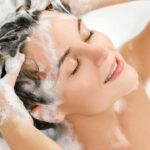








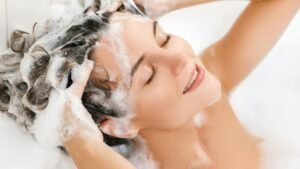
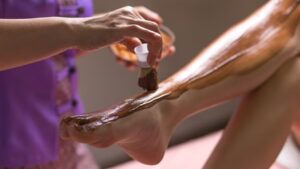

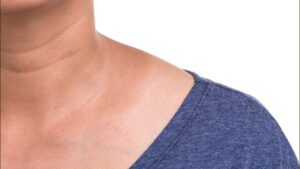
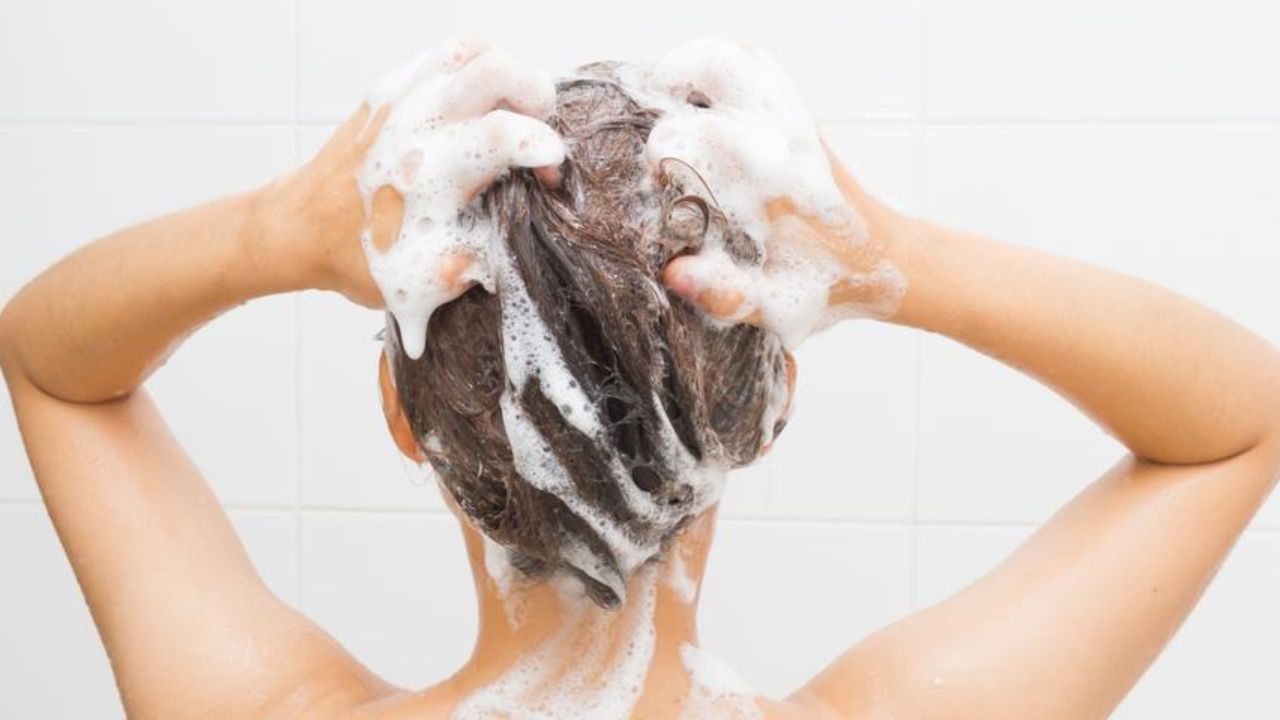
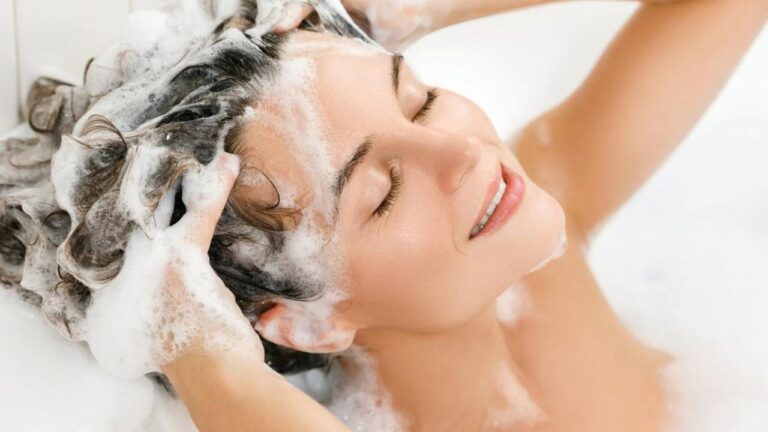
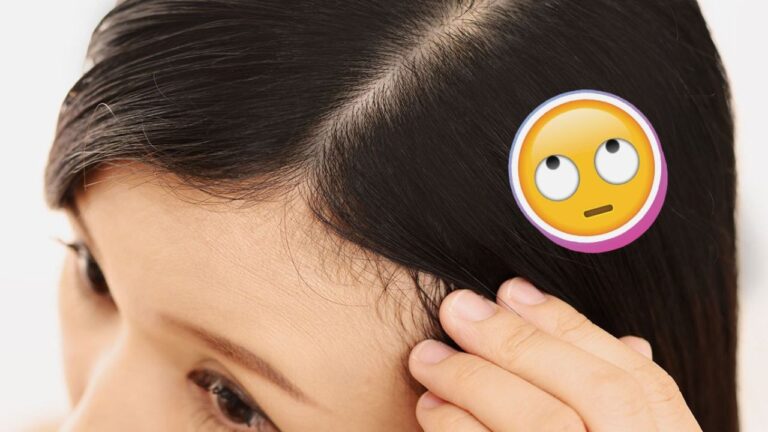
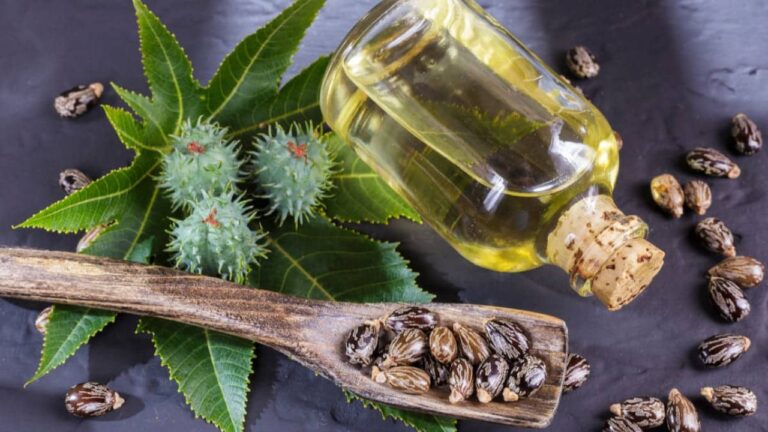









+ There are no comments
Add yours